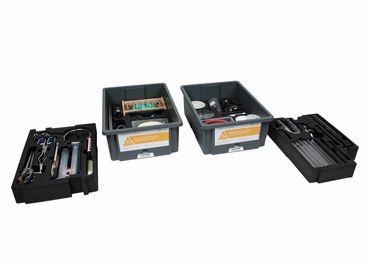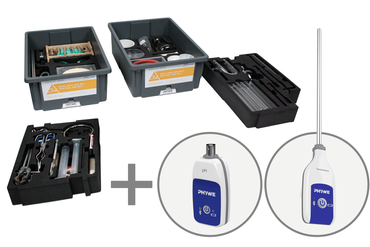In general acids are highly caustic. In addition acids can also be used as an oxidizing agent, they react with metals. The results of this reaction are the corresponding salts ("metal cation and the acid anion") and hydrogen. In this experiment students examine the reactivity of various acids with metals. Students verify that in this reaction hydrogen is produced. Evaporation of the reaction solution leads to a water-soluble and crystalline compound that serves as "proof" that the reaction of acids and metals form salts.
Learning objectives
- Reaction of metals and acids leads to metal salts and hydrogen
Benefits
- Easy teaching and efficient learning by using interactive experimentation PHYWE-Software
- Experiment is part of a complete solution set with experiments for the topic acids, alkalis and salts matched with international curriculum: all topics are covered


